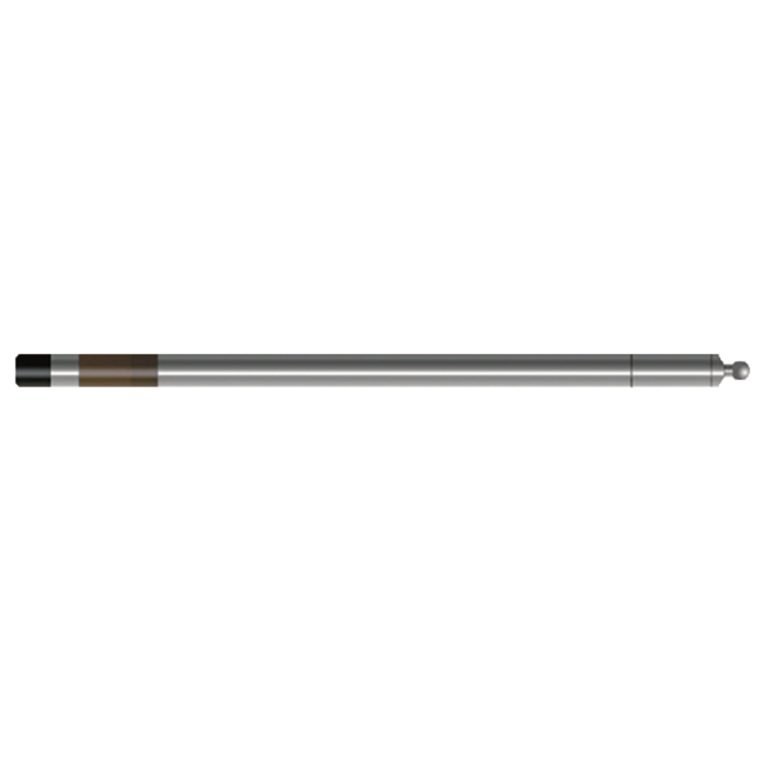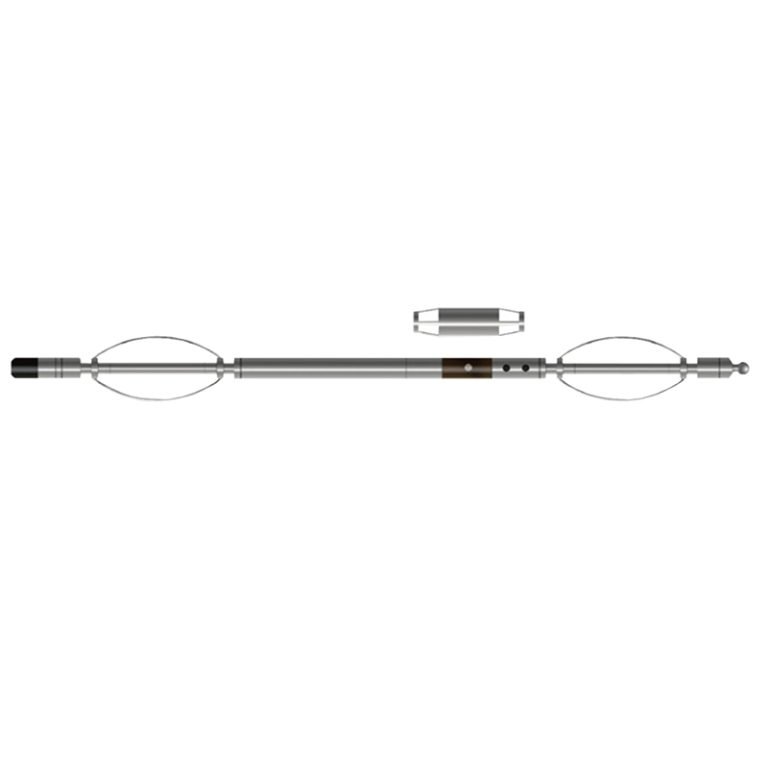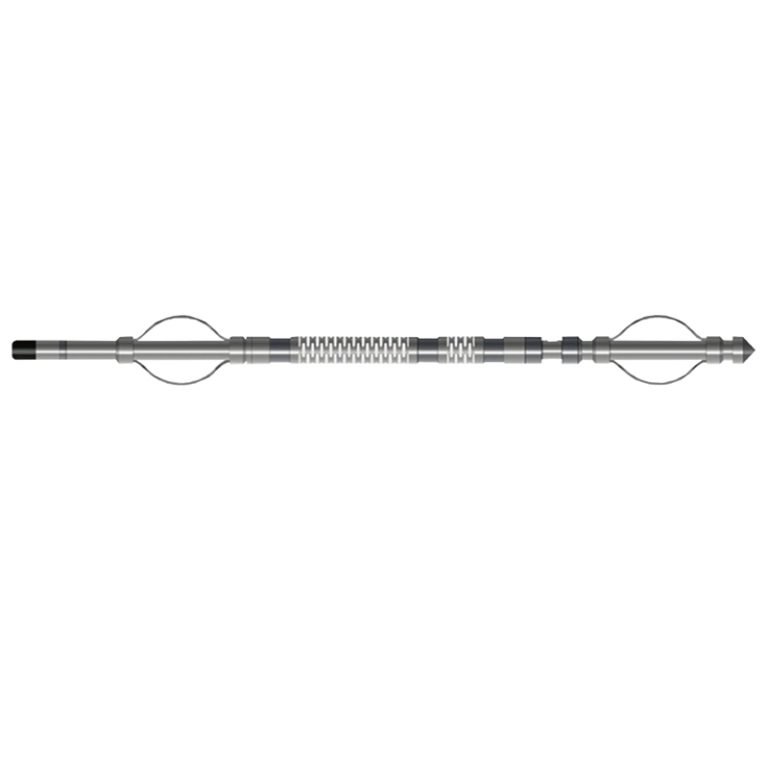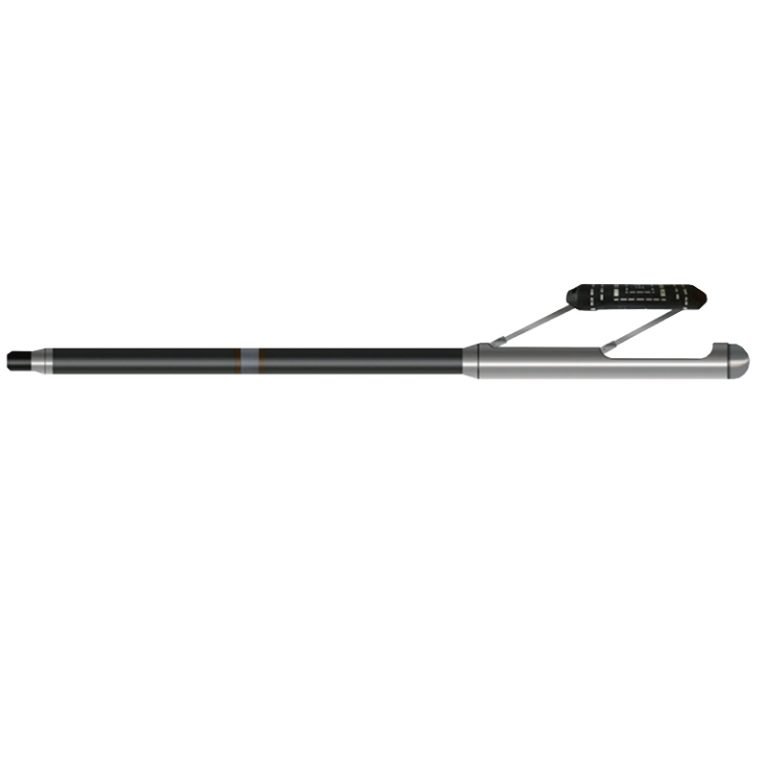Welcome to Geotech!

JJY-3D 3-Arm Caliper Probe
PRODUCT PARAMETERS
- The motor retracts and extends the borehole arm, and monitors the entire retraction and extension process, which is safe and reliable.
- t can be used in combination with the FD-3019 gamma logging tool. The measured borehole diameter and liquid level information can be used as correction parameters for gamma logging data.
Description
 Abstract
Abstract
JJY-3D 3-Arm Caliper Probe is a caliper that measures with a mechanical arm contact method. The three caliper arms are connected to the zero temperature drift linear sensor through a dynamic seal piston, which converts the caliper change into a digital quantity and then transmits it to the ground through encoding. It is also equipped with a liquid level detection electrode to detect the liquid level depth in the borehole. Liquid level depth information and caliper information are important parameters for hydrological survey logging.
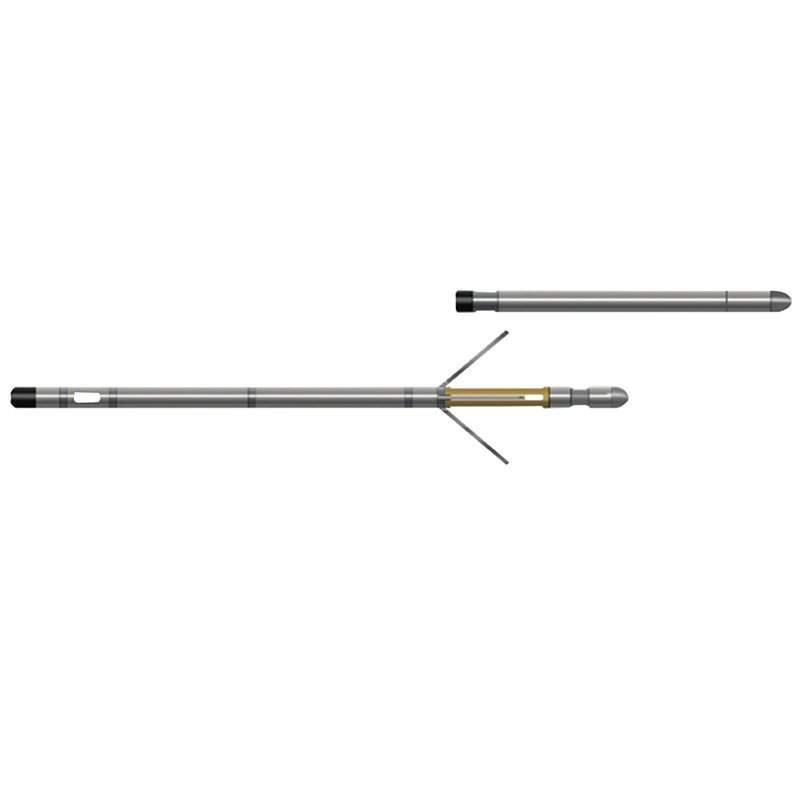
 Applicable Conditions
Applicable Conditions
● Bare hole fill with water or mud
● Bare Dry hole
 Applications
Applications
● Rock formation integrity assessment
● Location of cracks and caves
● Calculation of borehole volume before cementing
● Drillhole diameter measurement and correction calculation in conjunction with other well logging
 Features
Features
● The motor retracts and extends the borehole arm, and monitors the entire retraction and extension process, which is safe and reliable.
● t can be used in combination with the FD-3019 gamma logging tool. The measured borehole diameter and liquid level information can be used as correction parameters for gamma logging data.
 Specifications
Specifications
| Well diameter measurement method | Three-arm linkage, Contact type |
| Well diameter measurement range | Φ40~300mm |
| Measurement error | 1.5% F.S |
| The opening method of the well diameter arm | Controlled by ground command, and the motor executes the retracting and retracting command |
| Nuclear industry quantitative gamma FD-3019 probe interface (special order required) | |
| Signal output | Bipolar encoding |
FAQ
① In SI, it is m·s-2, and one percent of it is the international unit abbreviation g.u.;
② Conversion between SI and CGS: 1g.u.=10-1 mGal
Gravitational field: The space around the earth with gravity is called the gravitational field.
Gravitational potential: The gravitational potential W in the gravitational field is equal to the work done by a particle of unit mass moving from infinity to that point.
① The normal gravity field of the earth: Assuming that the earth is a rotating ellipsoid (reference plane), the surface is glossy, the internal density is uniform, or it is distributed in concentric layers, the density of each layer is uniform, and the deviation of the shape of the ellipsoid from the geoid is very small, then the gravity field generated by the earth is the normal gravity field.
② The normal gravity value is only related to the latitude, the smallest at the equator and the largest at the poles, with a difference of about 50,000 g.u.; the rate of change of the normal gravity value with latitude is the largest at 45° latitude, and zero at the equator and the poles; the normal gravity value decreases with increasing altitude, and its rate of change is -3.086 g.u.. The main feature of the long-term change is the "westward drift" of the geomagnetic elements, both the dipole field and the non-dipole field drift westward, and have a global nature.
The gravitational field strength is equal to the gravitational acceleration in both numerical and dimensional terms, and the two are in the same direction. In gravity exploration, all references to gravity refer to gravitational acceleration. The gravitational field strength at a point in space is equal to the gravitational acceleration at that point.
Gravity exploration is an exploration method that is based on the density difference of rocks and ores. Since density difference will cause local changes in the normal gravity field of the earth (i.e. gravity anomaly), it is used to solve geological problems by observing and studying gravity anomalies.
-1.png)


